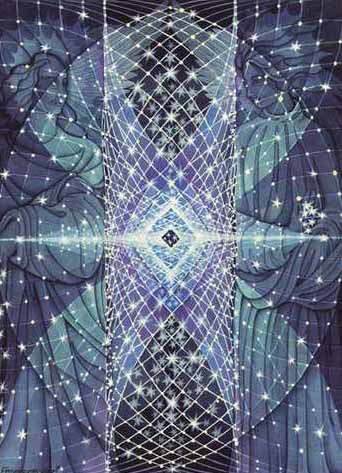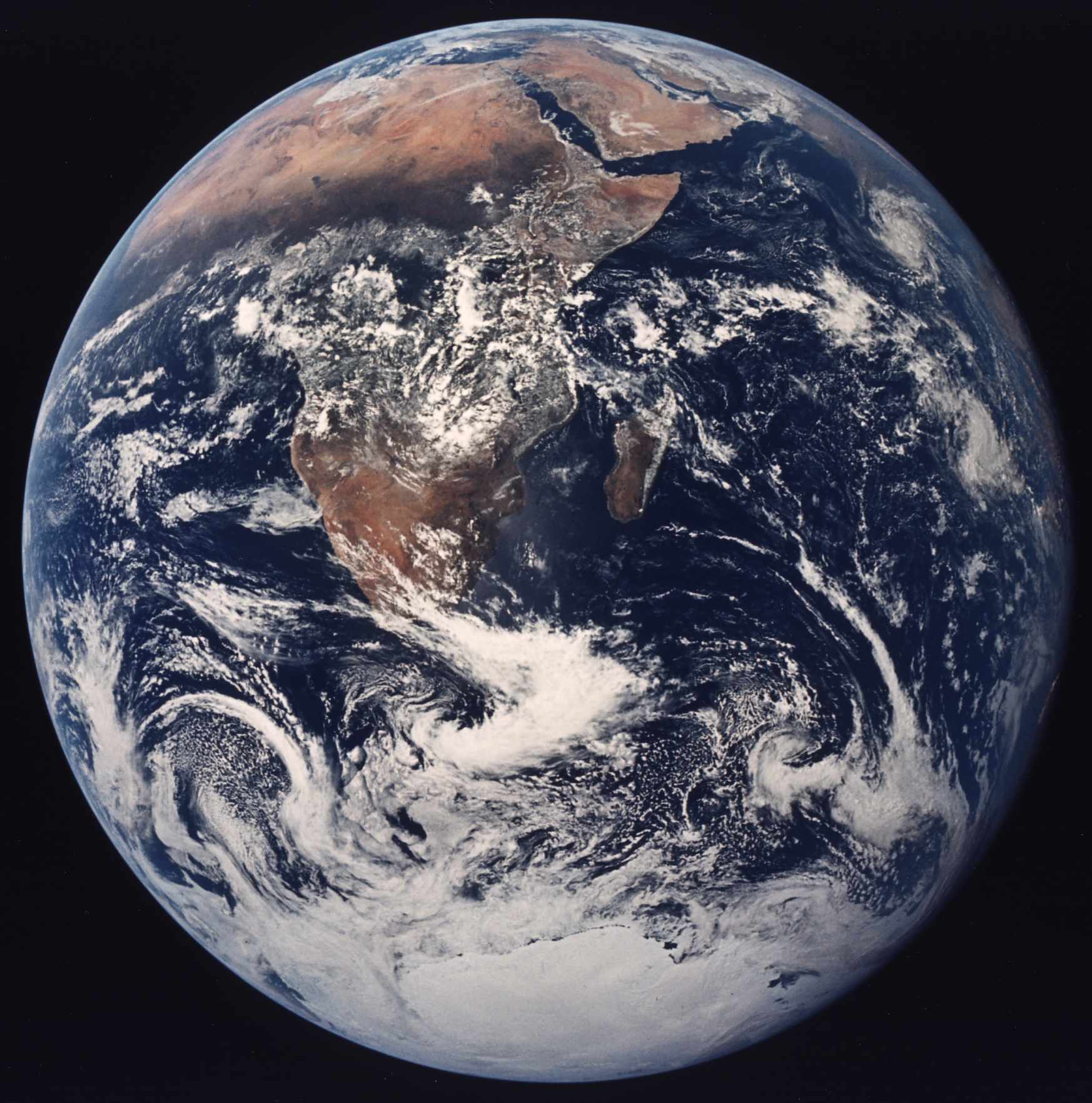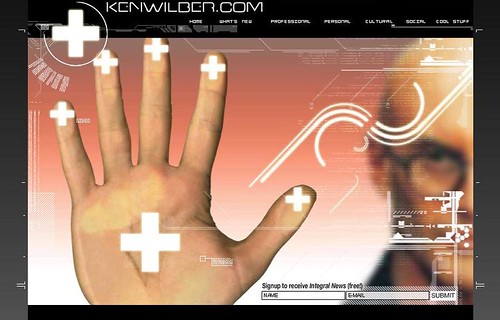This is yet another post on Embracing Each Other, the book by Hal and Sidra Stone that Kira and I are reading. Previously, I wrote about the primary selves and the disowned selves and how they play out in our relationship.
The authors look at relationships through what seems, at first glance, to be a very limited and limiting filter. They believe that all relationships -- romantic, sibling, parent/child, friendship, and so on -- can be reduced to a simple diagram. I tried to find it on the web to include it here, but was unsuccessful. So I will just recreate it as best I can and quote their brief introduction to the topic.
Mother . . . . .[the woman]. . . . Daughter
Son . . . . . [the man] . . . . . . . . Father
This is their diagram, sort of. Here is their explanation:
In this diagram we see the basic male-female bonding pattern. The mother side of the woman is bonded to the son side of the man (the M-S axis), and the father side of the man is bonded to the daughter side of the woman (the F-D axis). This diagram illustrates the basic bonding pattern that exists in all male and female relationships before the development of any kind of awareness. It is a normal and natural process. It cannot be eliminated, nor would eliminating it be desirable; these bonding patterns contain much life and vitality. They often provide warmth and nurturing. The problem is that without awareness they are very likely to turn negative. In addition, the two people miss what is possible in the interaction of two aware egos.
So, let me give an example that just happened the other day.
Kira and I were talking on the phone, and because we have been working with this material it suddenly became clear to me that we had locked into one of these bonding patterns that we are prone to, and one that doesn’t serve us anymore. Every couple has dozens of bonding patterns that are related to how their primary selves (usually fathers and mothers) and disowned selves (often sons and daughters) interact. As I discussed in the last post, conflict is often a clash of primary selves that become entrenched after the bonding patterns break down.
Anyway, I had slipped into a son role, a manifestation of my Disowned Child that just wants to be taken care of. Normally in our relationship, Kira would have assumed the mother role and been caretaker to my neediness. In the past, she would have become the Good Mother, but would have instantly wanted out of that role and would become the Distant Mother, withdrawing as a way to get out of the responsibility of being caretaker. I would have then switched instantly into the Distant Father as a way to avoid my hurt feelings, which would possibly trigger Kira’s Wounded Daughter. Normally this would have occurred unconsciously, in a space of less than a minute. Not this time.
Kira didn’t buy into the pattern, which triggered a Rebellious Son in me. I saw him trying to take over [all of this occurred in about 15 seconds], and I told Kira we were slipping into a bonding pattern. We talked about it and identified it, which immediately unplugged both of us from the dynamic and allowed us to avoid the unconsciousness of this particular pattern. We also talked about ways to avoid this pattern in the future. It might come up again, but now we know what it looks like, how it feels, and how to diffuse it.
When our relationship began, this was a positive bonding pattern between us. I liked to have someone take care of me sometimes, and Kira liked to do things for me. We (and all couples) had a similar pattern in which I was the caretaker and Kira was the one being taken care of. These are normal patterns that often feel good to us. This particular pattern would be a positive bonding pattern -- all relationships are built on them.
What I described above -- what happened in the phone conversation -- is a negative bonding pattern. These produce bad feelings in one or both partners. Many positive bonding patterns become negative over the years when they become stagnant and routine -- or when one or both members of the couple outgrow the pattern. And bonding patterns, or combination of bonding patterns, that become routine will eventually suck all the vitality out of a relationship and kill it. Yet some couples can live their entire lives within a small collection of bonding patterns and be quite happy. Those of us who are intent on growth will eventually outgrow most patterns.
The issues that Kira and I have been working through the last month or so are related to bonding patterns that no longer serve us. We had a choice to either identify them and eradicate them, or stay stuck where we were and let them destroy the relationship. We didn’t know at the time that this was what was happening. I happened to start reading this book, hoping to find some tools, and suggested to Kira that it might help us. It has.
Here is a little more from the first chapter of the book:
To summarize what we have so far discussed, we refer to this way of being locked into each other in a relationship as a negative bonding pattern. The term "bonding patterns" in relationship refers specifically to the activation of parent/child patterns of interaction between two people. These are normal and natural configurations that exist in all relationships. This bonding can develop between any two people, whether they be male/female, male/male, or female/female. The catalyst for all negative bonding patterns is the activation of the disowned vulnerability in the two people. In this case, the arrival of the children made both Larry and Janice feel a bit overwhelmed and, therefore, vulnerable. The fuel for these bonding patterns can generally be found in the mutuality of the disowned selves that exists between two people. This keeps the bonding pattern burning bright and strong.
To analyze a negative bonding pattern in a relationship, one looks for the following:
1. What was the ignition point or catalyst? How was the vulnerability of the two people activated? Where are they feeling insecure, overwhelmed, or otherwise vulnerable?
2. What are the disowned selves that each carries for the other? What is the fuel that keeps the fires burning?
3. What are the actual selves that are involved in the bonding, i.e., the mother daughter selves in the woman, and the father and son selves in the man?
The solution to these patterns, the way out, is to identify our various subpersonalities and how they interact. To do this, we need to develop what the Stones call an "aware ego" or what psychosynthesis calls a "conscious self" or "unifying center." If we are stuck in one of our subpersonalities or primary selves and have no experience with meditation or an observer self, psychosynthesis offers a "disidentification" exercise that can be very useful for unplugging from a sub and centering in the conscious self.
Del.Icio.Us Tags: Subpersonalities, Hal Stone, Embracing Each Other, Psychosynthesis, Selves, Conflict, Bonding patterns, Core self, Conscious self, Disidentification, Observer self
Technorati Tags: Subpersonalities, Hal Stone, Embracing Each Other, Psychosynthesis, Selves, Conflict, Bonding patterns, Core self, Conscious self, Disidentification, Observer self














![cranes[1]](http://img84.imageshack.us/img84/5140/cranes17gk.jpg)



